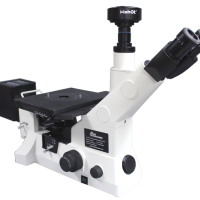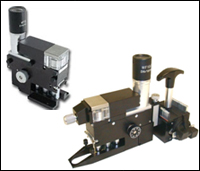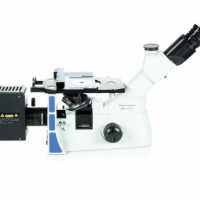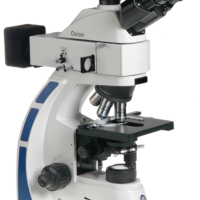Microscopy is the technical field of using microscopes to view objects and areas of objects that cannot be seen with the naked eye (objects that are not within the resolution range of the normal eye). There are three well-known branches of microscopy: optical, electron, and scanning probe microscopy.
Optical & electron microscopy involve the diffraction, reflection, or refraction of electromagnetic radiation/electron beams interacting with the specimen, and the collection of the scattered radiation or another signal in order to create an image. This process may be carried out by wide-field irradiation of the sample (for example standard light microscopy and transmission electron microscopy) or by scanning of a fine beam over the sample (for example confocal laser scanning microscopy and scanning electron microscopy).
Scanning probe microscopy involves the interaction of a scanning probe with the surface of the object of interest. The development of microscopy revolutionized biology, gave rise to the field of histology and so remains an essential technique in the life and physical sciences.
Showing 1–20 of 23 results
-
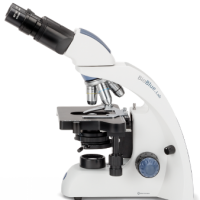
BioBlue Lab
Read more -
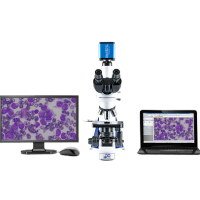
BioVID HD-Live
Read more -
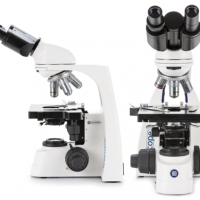
bScope – Educational Microscope – Biological
Read more -
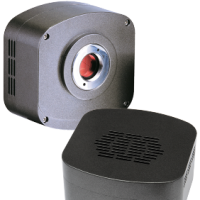
CCD for Fluorescence Microscopy
Read more -
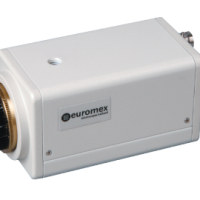
CCD-Color Camera
Read more -

D-VID Handheld Stereo Zoom Scope
Read more -
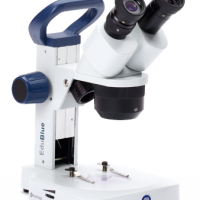
EduBlue- Educational Stereo Zoom Microscope
Read more -
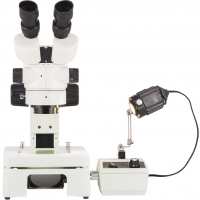
EmbryoGlo – Stero Microscope
Read more -
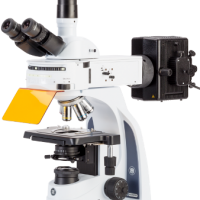
iScope-Upright-Fluorescence Microscope
Read more -

MiniVID-USB – CMOS-Camera
Read more -

MiniVID-WiFi – CMOS Camera
Read more -
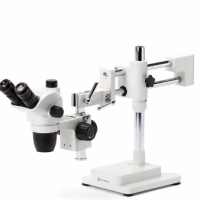
Nexius Zoom – Ultimate Stereo Zoom Microscope
Read more -
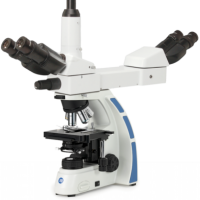
Oxion – Upright Phase Contrast Microscope
Read more -
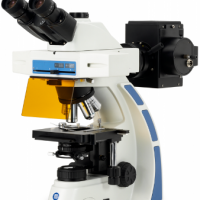
Oxion Fluorescence – Upright – Fluorescence Microscope
Read more -

Oxion Inverso – Inverted -Fluorescence Microscope
Read more -
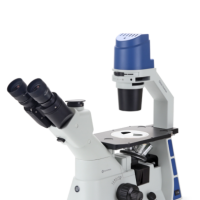
Oxion Inverso -Inverted Phase Contrast Microscope
Read more

